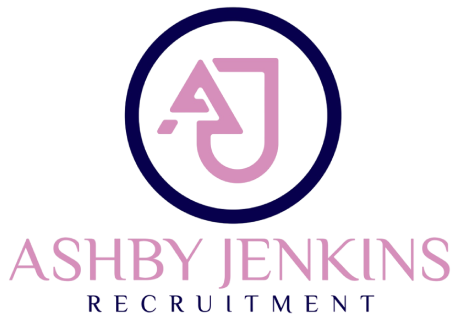The Art(s) of Recruitment

As some of you may be aware (I go on about it enough) I joined Ashby Jenkins Recruitment from a fundraising career within the arts sector. It remains a real passion of mine, and I’ve been honoured to help some amazing arts charities find some incredible talent to support the sector I am so passionate about. As we know, recruitment has been a real struggle and concern for arts organisations of late. In fact, a recent poll conducted by Ecclesiastical Insurance reported that 78% of cultural organisations interviewed were concerned with recruitment and retention in the next 12 months.
What is advertised and expectations are not always matching up and with that in mind, I wanted to put together a few key reminders for any cultural organisation considering recruiting in the current climate.
- DO keep an open mind on experience level, background, and essential requirements
When you’ve had someone within the team for several years and you need to replace them, all you really want is someone to join at that same level of experience to pick up where they are leaving off. But bear in mind that when the departing postholder started, they weren’t at that level of experience, and likely benefitted from several years of professional development. Unless you are also increasing the salary to be c.3 years more senior than when you initially recruited, try dialing back expectations based on current expertise, and break it down to your ‘necessities’ and your ‘would like to haves’. That way a candidate will be attracted to the development potential of the role and are likely to give as long to the charity as the previous postholder.
- DON’T hide behind ambiguity on flexible working
Candidates within the arts sector have seen flexibility in other not for profit organisation increase and they too are becoming more demanding in this aspect, as such you need to be clearer around evening work. A classic in every job description is “Attend concerts/events outside of working hours as necessary”.
This can be a real sticking point to candidates – especially when there is no mention of a) how many hours this might add on average to an already 35/37.5 hour week or b) whether the charity offers even discretionary time in lieu to make up for this additional time you are giving. Thankfully many charities do now have more official TOIL policies. And if yours is one of these, I’d strongly encourage you to include its existence in any job description, alongside how many evenings per week or per month (on average) they may be working additionally. It shows that as a charity you value the dedication of your team, and it will help promote you as an employer of choice against other charities that don’t have such a policy, or don’t advertise it.
- DO show all the perks
It sounds simple, but you’d be surprised! With the cost of living crisis ongoing, and salaries that often can’t compete with charities outside the arts, it’s more important than ever to showcase the full package. Candidates want to know about annual leave, flexible working (hybrid and/or hours), pension contribution, and parental leave policy, and yes, any and all free tickets to performances/shows that might be available! If your charity has a track record of increasing salaries annually, share it. These elements may seem small, but they all come together to add confidence to candidates that they are making the right decision in taking the ‘risk’ of moving from secure permanent employment.

And finally – if I could leave you with one thing – I would encourage all arts and cultural charities to seek advice. I realise that budgets will not always stretch to recruitment fees – and in most cases, you will want to go out directly first. But if you are struggling with a role, or you’re not receiving the level of application you were hoping for – why not chat with your friendly neighbourhood recruiter/former arts fundraiser to gain some insight as to where the sticking points may be. Bear in mind, it’s not always about the role, or the cause – more often than not it’s the simple things, and the way they are displayed (or not displayed) that can pose the biggest barrier to many candidates.

